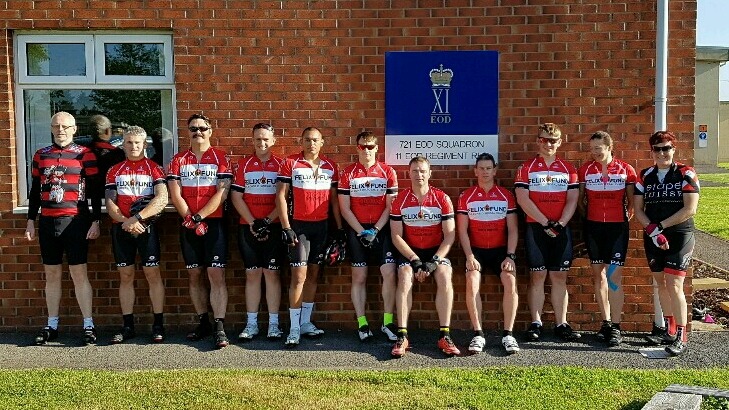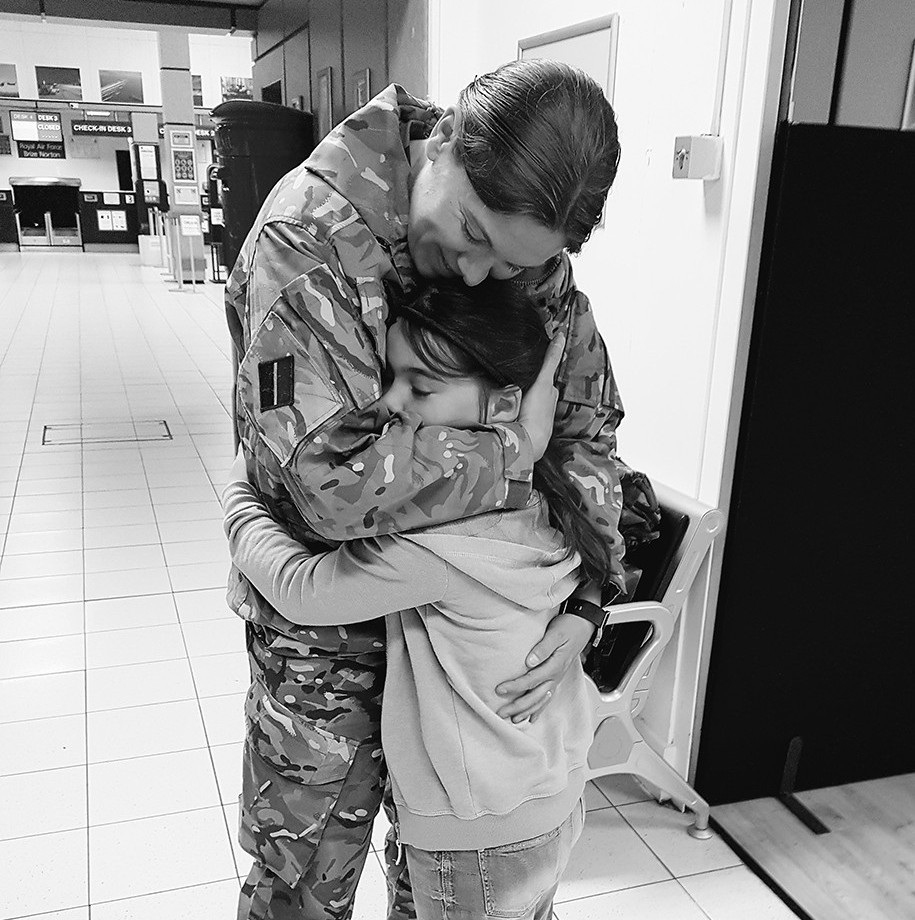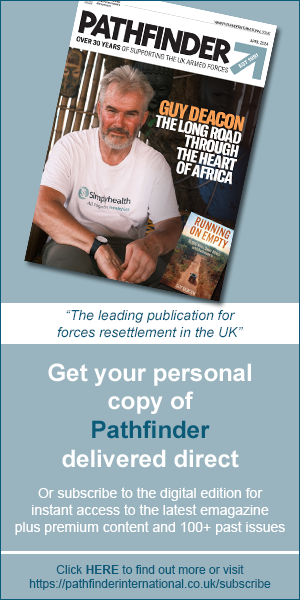
Forces in Mind Trust (FiMT) has awarded £115,122 to the Officers’ Association, to identify the transition challenges and barriers that all ranks of Service leavers aged 50 plus face when entering civilian employment…
This is the first time the specific challenges that older Service leavers encounter on the transition pathway will be examined.
Spanning a year, the project will take a tri-Service approach and cover all ranks. The research will be carried out by the Centre for Research into the Older Workforce who specialise in research into employability of the older population.
A mixed methods approach will be used including focus groups and surveys of both Service leavers and employers. In addition, a wide range of stakeholders will be consulted including government departments and Armed Forces charities.
The study will also explore the impact for Service leavers from an employer’s perspective and identify areas of best practice where organisations are supporting this group of potential employees.
Ray Lock, Chief Executive of Forces in Mind, said: “It has become a rarity for a Service person to leave the Armed Forces and not seek some form of employment, regardless of their age. In wider society, demographics and economics suggest that many people will be working throughout their later years.
“It is vital that when leaving the Armed Forces, at whatever age, that future employment is accessible, suitable and fulfilling. That act of transition is successful for the majority of Service leavers, but there is a minority who have a more challenging experience. It is the mission of Forces in Mind Trust to enable a successful and sustainable transition for all ex-Service personnel.
“For this project, our links to, for example, the Centre for Ageing Better, other Cobseo employment charities and Government Departments, make us well placed to ensure that the evidence produced will enable policymakers and service providers to support older Service leavers as they transition into civilian employment.”
Lee Holloway, Chief Executive Officer, Officers’ Association, said: “There are known barriers to employment for those aged 50 plus, and so this research project gives us an opportunity to define and document those that exist for Service leavers.
“Given the investment made in the training of Service leavers, combined with their experience and leadership qualities, we want to ensure there is a level playing field for this key segment of our Armed Forces when they seek out civilian employment opportunities.”

















